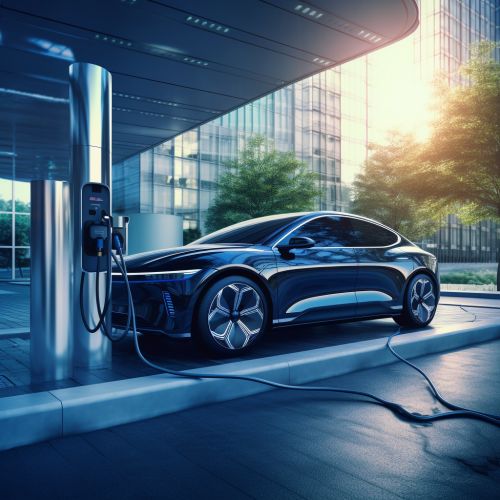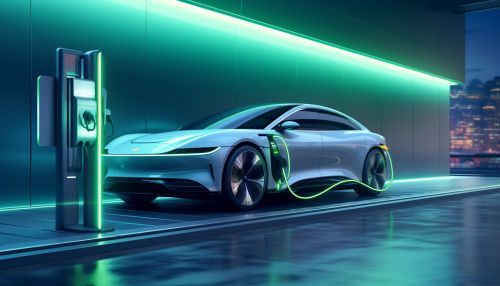Electric Vehicle Charging Stations
Overview
Electric vehicle charging stations, also known as EVSE, are the infrastructure that provides electric energy for recharging electric vehicles (EVs), including electric cars, neighborhood electric vehicles, and plug-in hybrids. As the adoption of electric vehicles continues to expand, the availability and convenience of charging stations are becoming increasingly important.
History
The concept of electric vehicle charging stations dates back to the late 19th and early 20th centuries, when the first electric vehicles were introduced. At that time, charging stations were often nothing more than modified lampposts. However, the advent of internal combustion engines and the mass production of gasoline-powered vehicles led to a decline in the popularity of electric vehicles and the need for charging infrastructure.
The resurgence of interest in electric vehicles in the late 20th and early 21st centuries, driven by concerns about climate change and the volatility of fossil fuel prices, has led to the development of modern electric vehicle charging stations. These stations are designed to provide fast, efficient charging and are often equipped with advanced features such as smart grid connectivity and payment processing capabilities.


Types of Charging Stations
There are three main types of electric vehicle charging stations, categorized by the speed at which they can recharge an electric vehicle's battery: Level 1, Level 2, and DC Fast Charging.
Level 1 Charging
Level 1 charging is the slowest form of charging and uses a standard 120-volt AC outlet. This type of charging does not require any special equipment beyond the charging cord that comes with most electric vehicles. However, due to its low power output, Level 1 charging is generally only suitable for short-range electric vehicles or for overnight charging.
Level 2 Charging
Level 2 charging stations use a 240-volt AC outlet, similar to those used for large appliances like clothes dryers. These stations can charge an electric vehicle much faster than Level 1 charging, typically providing 10 to 60 miles of range per hour of charging. Level 2 charging stations are commonly found in residential settings, workplaces, and public charging locations.
DC Fast Charging
DC Fast Charging, also known as Level 3 charging, provides the fastest charging speeds currently available. These stations convert AC power to DC power before delivering it to the vehicle, allowing for much higher power transfer rates. DC Fast Charging stations can typically provide 60 to 80 miles of range in just 20 minutes of charging, making them ideal for use along highways and in commercial settings where fast turnaround is important.
Charging Station Technology
Modern electric vehicle charging stations are equipped with a variety of technologies designed to improve the charging experience. These include smart grid connectivity, which allows the charging station to communicate with the electric grid to optimize charging times and rates; payment processing capabilities, which allow drivers to pay for their charging sessions using credit cards or mobile payment apps; and remote monitoring and management features, which allow station owners to monitor the status of their stations and manage access and pricing.
Charging Station Networks
Many electric vehicle charging stations are part of larger networks, which provide drivers with access to charging stations across a wide geographic area. These networks often offer features such as real-time station availability information, online reservation systems, and customer support services. Some of the largest charging station networks in the United States include ChargePoint, Tesla's Supercharger network, and Electrify America.
Future Developments
As the electric vehicle market continues to grow, so too will the need for charging infrastructure. Future developments in this area are likely to include the expansion of charging station networks, improvements in charging speed and convenience, and the integration of charging infrastructure with renewable energy sources and smart grid technologies.
